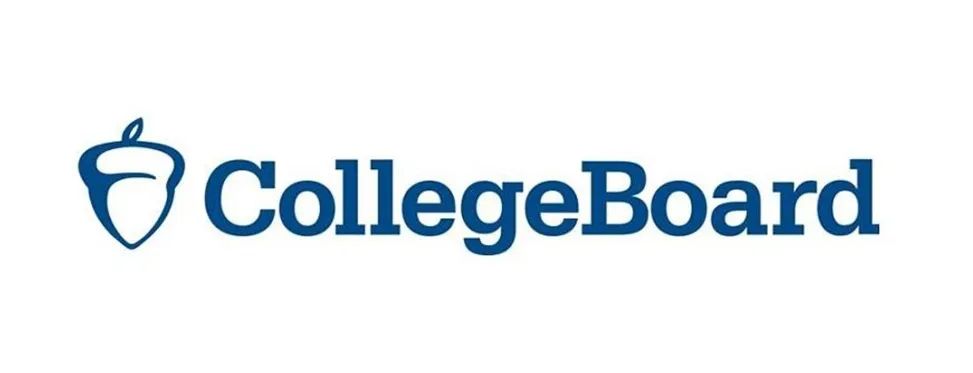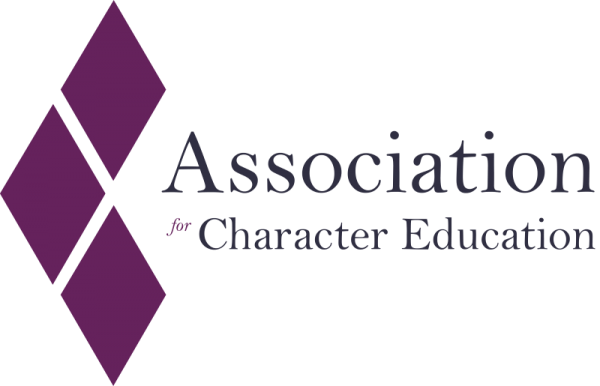
生物学知识科普
一种表现出
植物和动物两种特征的杂交有机体
A HYBRID ORGANISM THAT EXHIBITS TRAITS OF BOTH PLANTS AND ANIMALS
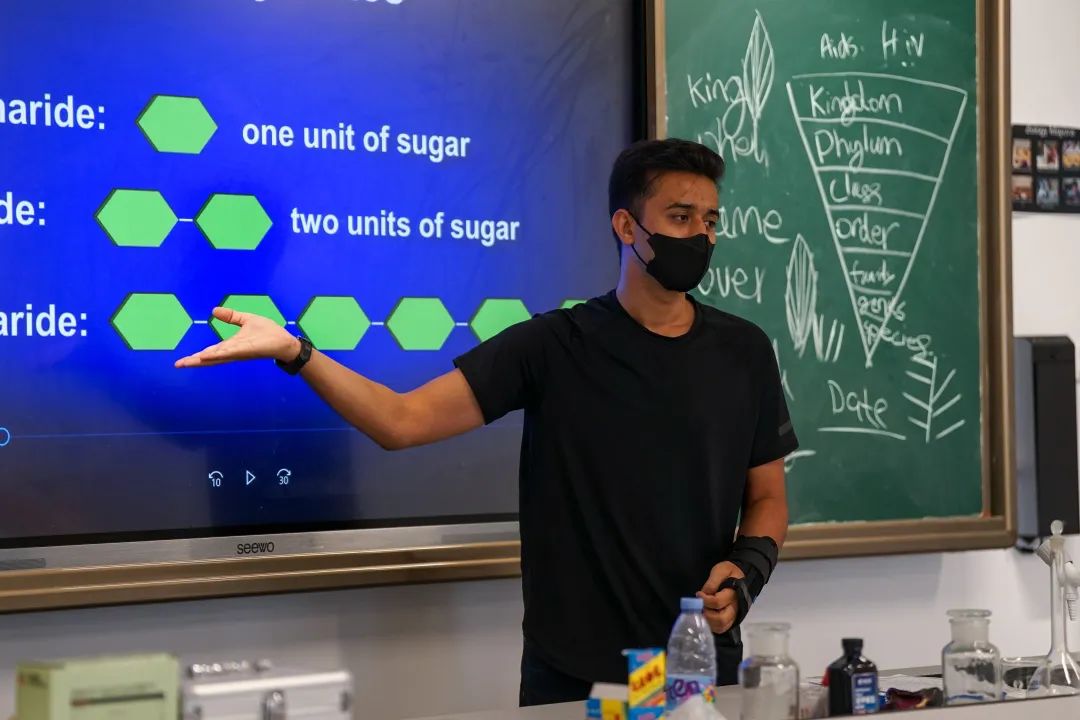
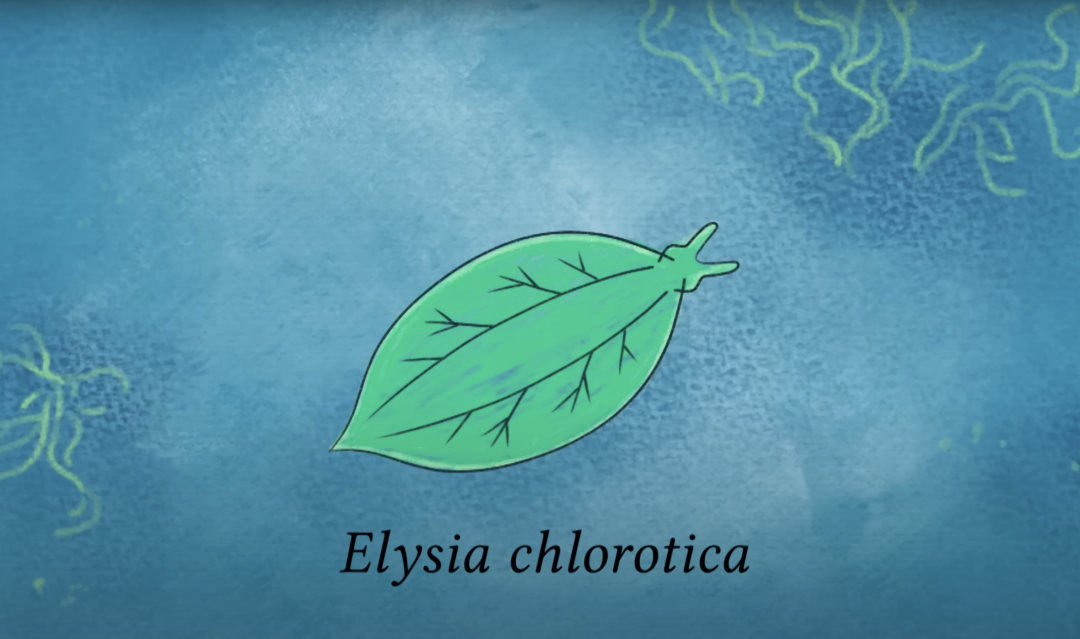
Take a good look at this slug. Elysia chlorotica may look like a bright green leaf, but it’s one of the most extraordinary creatures around. Living in salt marshes along the east coast of North America, it can go about a year without eating. During that time. It lives like a plant.
好好看看这条蛞蝓。绿叶海蜗牛看起来像一片明亮的绿叶,但它是周围最不同寻常的生物之一,它生活在北美东海岸的盐沼中,可以一年不吃东西,在这段时间里,它像植物一样活着。
Generally speaking, animals are what are called heterotrophs meaning they can’t produce their own food. They’re consumers of other life. Plants meanwhile are autotrophs or producers. They can synthesize their own fuel from sunlight, CO2, and other inorganic compounds. Plants do this by using organelles called chloroplast, which give them their bright colors and convert sunlight into food through photosynthesis.
一般来说,动物被称为异养动物,这意味着它们不能生产自己的食物,它们是其他生命的消费者。同时,植物是自养生物或生产者,它们可以从阳光、二氧化碳和其他无机化合物中合成自己的燃料。植物是通过一种叫做叶绿体的细胞器来做到这一点的,这种细胞器赋予植物鲜艳的颜色,并通过光合作用将阳光转化为食物。
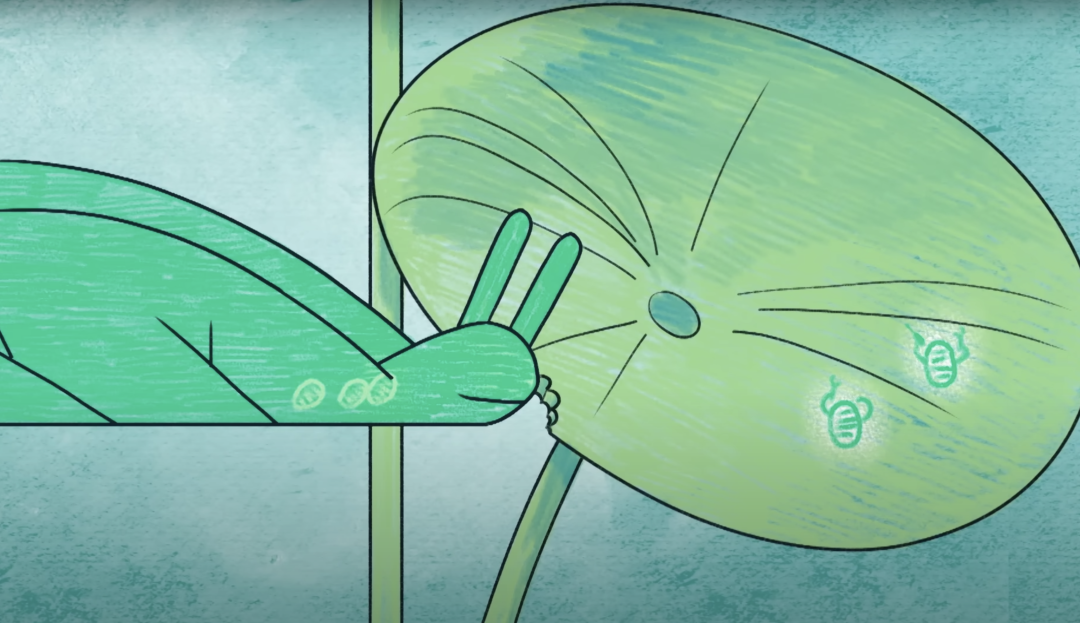
Elysia is what’s called a mixotroph. It can both consume food like animals and produce its own through photosynthesis like plants. In fact, Elysia steals its ability to photosynthesize from the algae. It eats by piercing the algal cells with specialized pointy teeth called Radula. It sucks the cell empty and digests most of its contents, but the chloroplasts remain intact.
绿叶海蜗牛被称为混合营养体,它既能像动物一样消耗食物,又能像植物一样通过光合作用来产生自己的能量。事实上,它有着了藻类的光合作用能力,它通过特殊的尖牙刺穿藻类细胞来进食,它将细胞吸空,并消化其大部分内容,但叶绿体保持完整。
They’re incorporated into the epithelial cells lining Elysia’s digestive system that branches throughout its flat body. This makes the slug look even more leaf like providing camouflage as well as food. As incredible as this adaptation is there are more than 70 species of slug that steal chloroplasts from their food.
它们被整合到绿叶海蜗牛的消化系统的上皮细胞中,消化系统在它平坦的身体上分支。这使蛞蝓看起来更像树叶,提供伪装和食物。令人难以置信的是,有超过70种蛞蝓从它们的食物中获得叶绿体。

What makes Elysia and a few closely related species in the Mediterranean and Pacific unique is how long they could hold onto chloroplasts. Most other slugs keep them for a few weeks. At most. This longevity seems to be due to the survival abilities of both plastids and slugs. Specifically, the chloroplasts of certain algae can repair their own light harvesting systems. While most chloroplasts are thought to rely on their host cell and its genes for repairs. This makes the chloroplasts able to sustain themselves for longer inside the slug.
绿叶海蜗牛和地中海、太平洋的一些近亲物种的独特之处在于,它们能保持叶绿体多长时间。大多数蛞蝓可以保存几个星期,这种持续时间似乎是由于质体和蛞蝓的生存能力。具体来说,某些藻类的叶绿体可以修复它们自己的光收集系统。尽管大多数叶绿体被认为依赖于宿主细胞及其基因进行修复,这使得叶绿体能够在蛞蝓中维持更长时间。
Meanwhile, the slug adjusts its gene expression to improve its relationship with the chloroplasts and removes damaged plastids to avoid accumulation of potentially damaging chemicals. Though few species can steal organelles from another species cell, these slugs are far from alone in getting an assist from plants. Organisms as diverse as corals, giant clams and sponges have symbiotic algae living inside their cells, supplying them with organic compounds through photosynthesis.
同时,蛞蝓调整其基因表达,以改善与叶绿体的关系,并去除受损的质体,以避免潜在的有害化学物质的积累。虽然很少有物种能从另一物种的细胞中窃取细胞器,但从植物中获得帮助的远不止这些蛞蝓。从珊瑚、巨型蛤蜊到海绵,各种生物的细胞内都有共生藻类,通过光合作用为它们提供有机化合物。
In turn, they supply their little helpers with shelter and inorganic compounds. Some of these mixotrophs even transmit the algae to their offspring. Without the aid of these algae, filter feeding, corals, clams and sponges would not gain enough nutrition in the nutrient poor tropical ocean and the dazzling coral reefs they build simply would not exist.
反过来,它们为它们的小帮手提供庇护所和无机化合物,其中一些混合营养体甚至将藻类遗传给它们的后代。没有这些藻类的帮助,滤食性摄食、珊瑚、蛤蜊和海绵就不会在营养贫乏的热带海洋中获得足够的营养,它们建造地令人眼花缭乱的珊瑚礁也就不会存在。
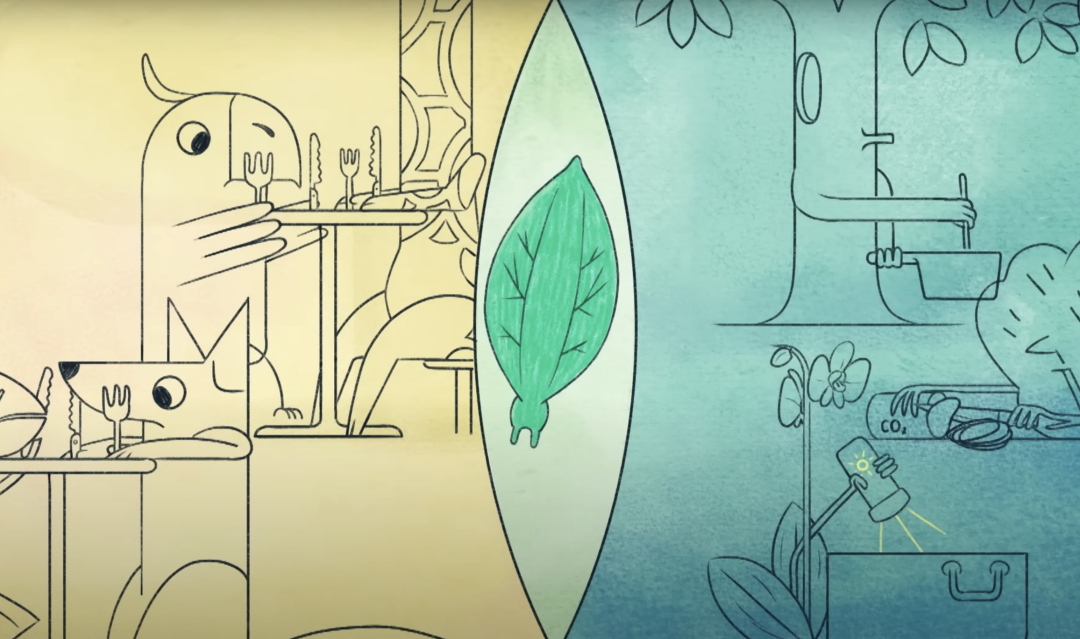
Mixotrophy even cuts both ways: an alga called Tripos furca can consume several microscopic animals a day, allowing it to survive in darkness for weeks. Tripos is in turn eaten by other mixer tropic algae, providing frequent opportunity for exchange of organelles, such as chloroplasts. This seems to allow some Algae to survive in parts of the dark ocean, such as the Mariana trench, which plants otherwise wouldn’t be able to inhabit.
混合养甚至是双向的:一种叫做Tripos furca的藻类,一天可以吃掉几只微观动物,这使得它可以在黑暗中存活数周。三叶藻又被其他混合的热带藻类吃掉,为交换细胞器如叶绿体,提供了频繁的机会,这似乎允许一些藻类在部分黑暗的海洋中生存,如马里亚纳海沟,否则植物无法在那里居住。
The processes by which Elysia becomes photosynthetic and Tripos switches between feeding modes are reminiscent of what scientists believe led to the origin of all plants. Single-celled animals preyed on cyanobacteria. Some of these tiny plants were not digested and lived on in the animal cells, eventually giving rise to chloroplasts. But these first eukaryotic plants were soon consumed by other animals, which hijacked the precious chloroplast, just like Elysia.
绿叶海蜗牛变成光合作用和三叶藻在进食模式之间切换的过程,让人想起科学家们所认为的导致所有植物起源的过程。单细胞动物以蓝藻为食,其中一些微小的植物没有被消化,在动物细胞中存活,最终产生叶绿体。但这些最早的真核植物很快就被其他动物吃掉了,它们劫持了珍贵的叶绿体,就像绿叶海蜗牛一样。
And following the example of eating and being eaten, we’ve seen in the case of Tripos, this chloroplast heist happened up to three times, giving rise to plastids with four membranes and the ocean’s most productive plants and forests.
按照吃和被吃的例子,我们在三叶藻的例子中看到,这种叶绿体抢劫发生了三次,产生了有四层膜的质体以及海洋中最多产的植物和森林。

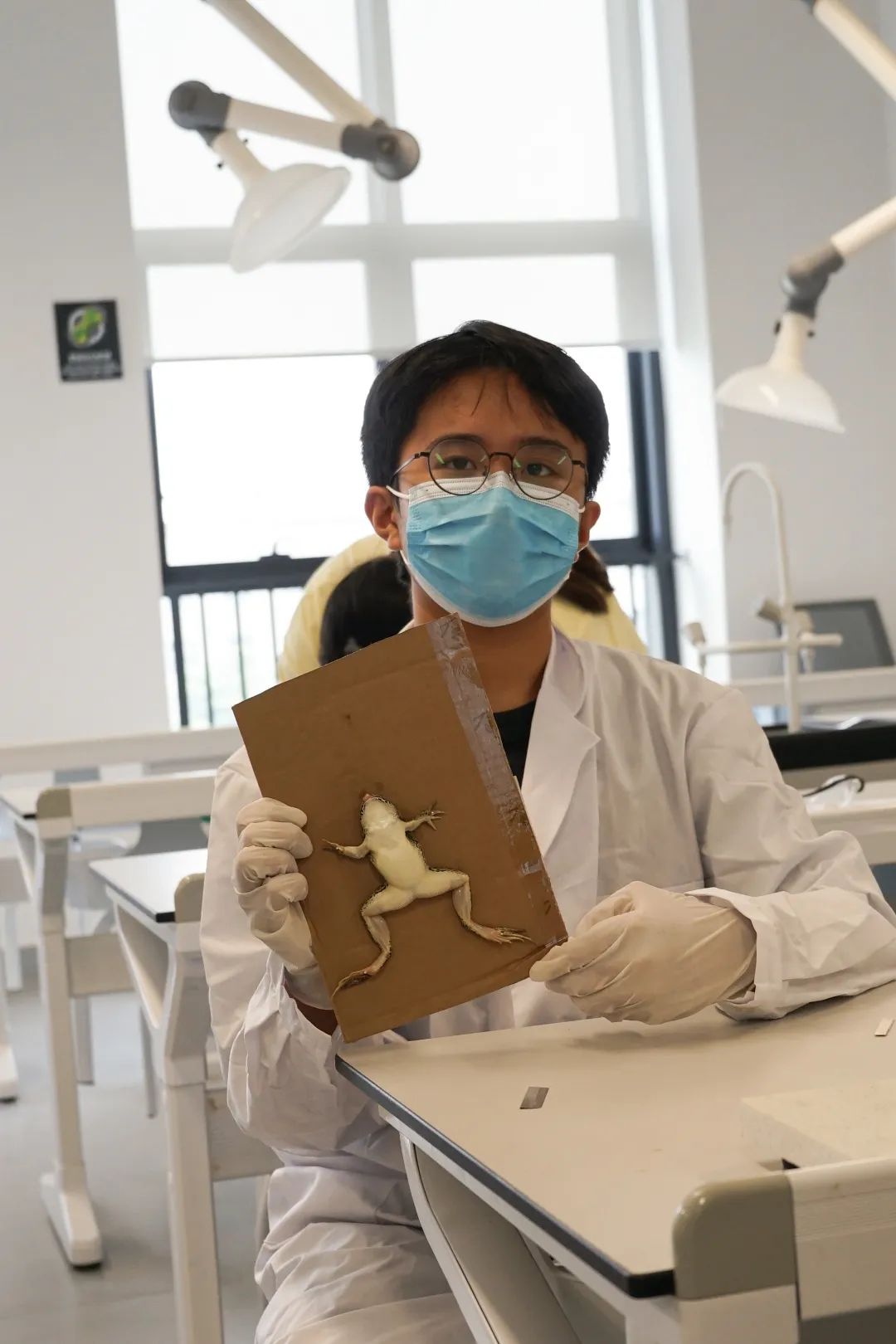
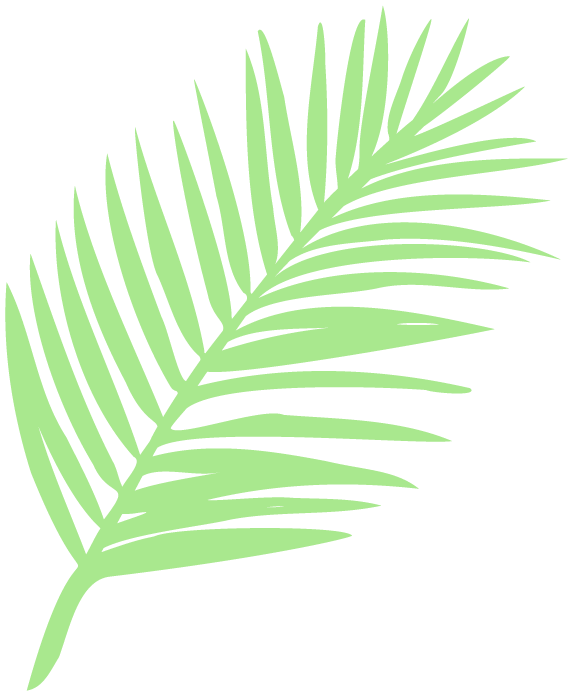
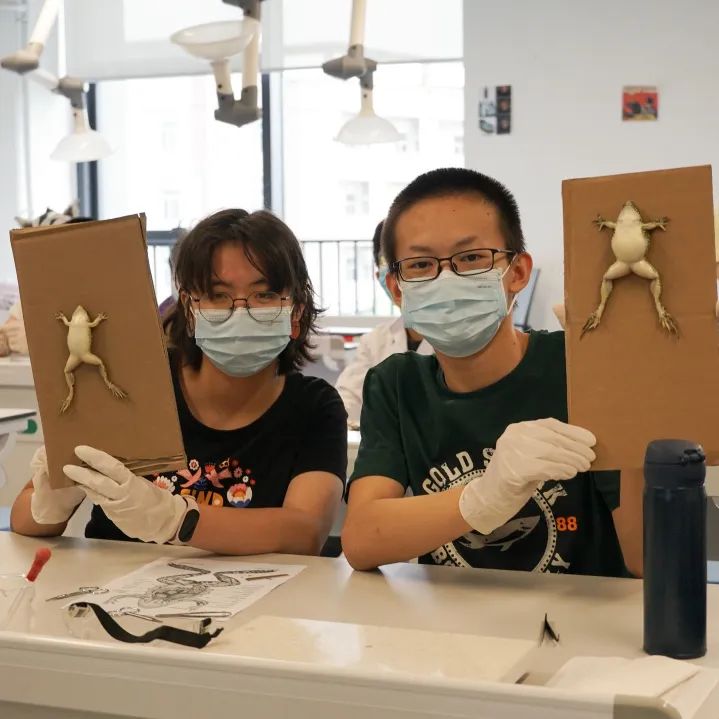

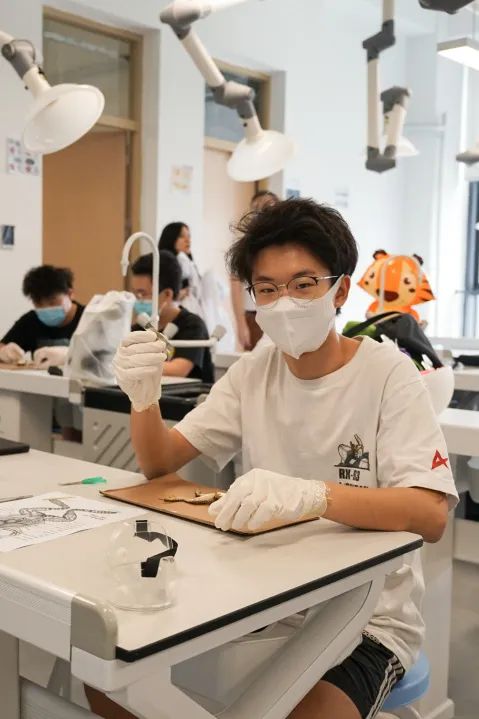
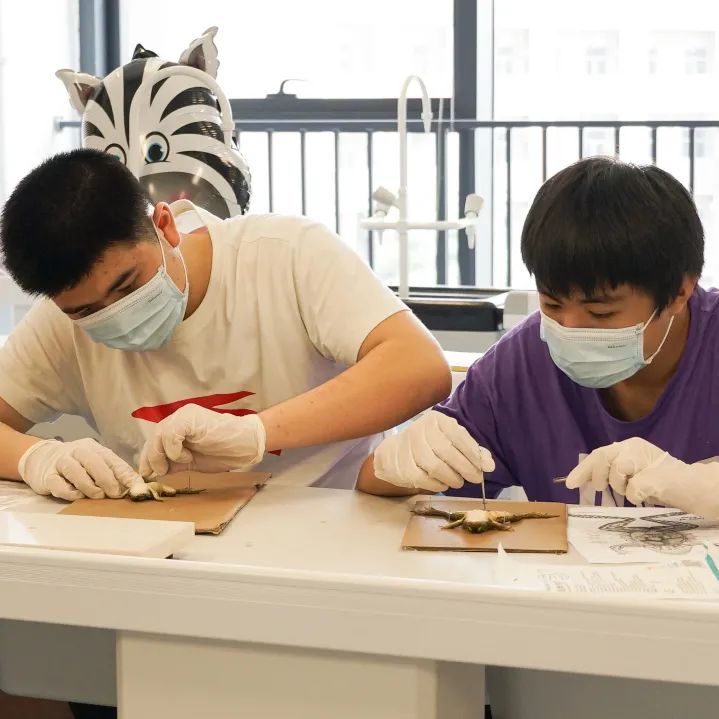
深圳汉开剑桥国际中心
生物学课堂
带学生走进生物学的奇妙世界
将理论与实验相结合
揭开关于生命的种种奥秘
撰稿 | Sharoon
图片 | 郑培兰、部分图片来自网络
编辑 | 郑培兰
审核 | 李娜
NEWS
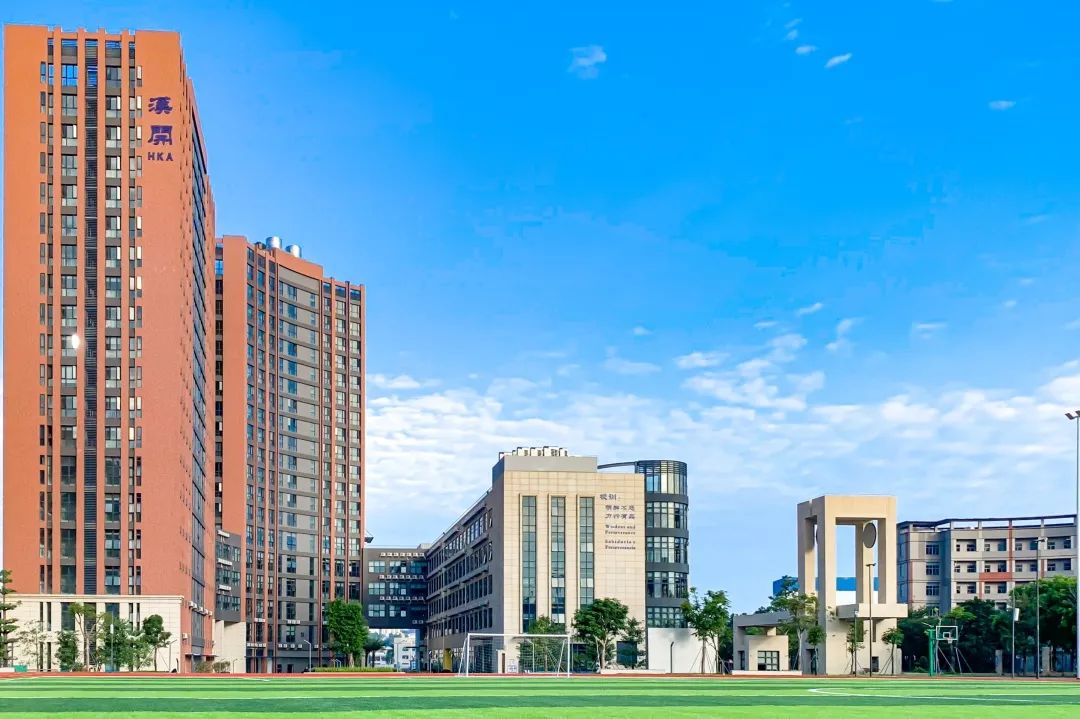
深圳汉开数理高中剑桥国际中心
2023年招生简章

首届汉开学子95%跻身QS排名前80世界名校!有你心仪的大学上榜吗?
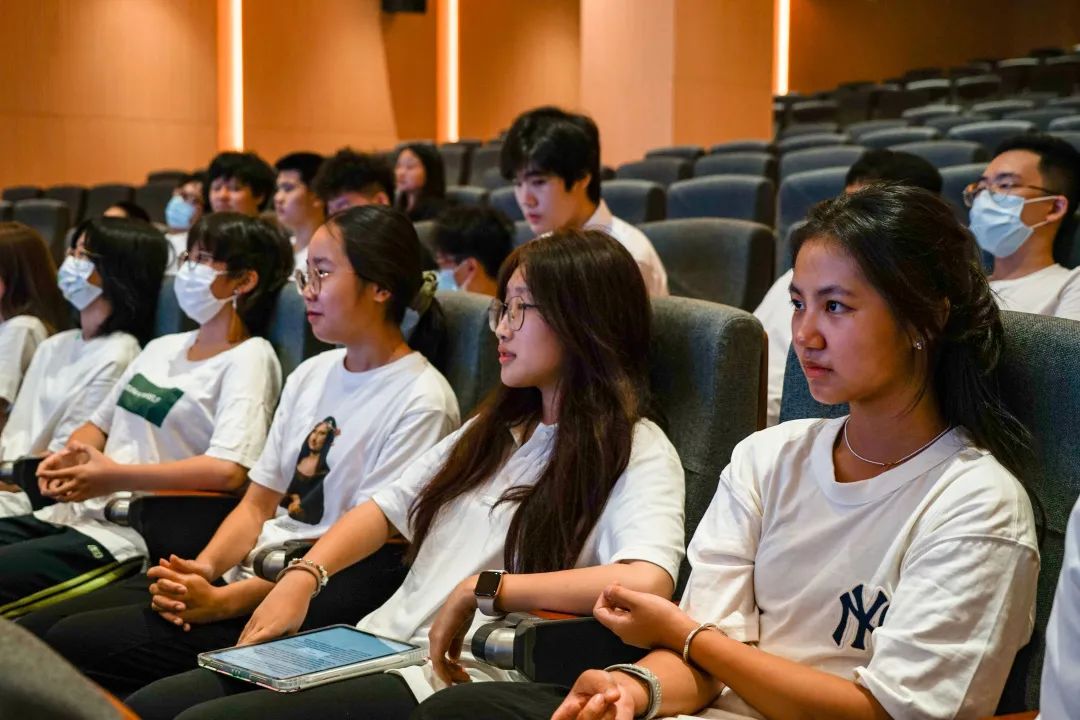
喜报 | A*A*A*霸屏!2022年剑桥AS、IGCSE国际统考成绩发布!汉开学子成绩太惊艳了!
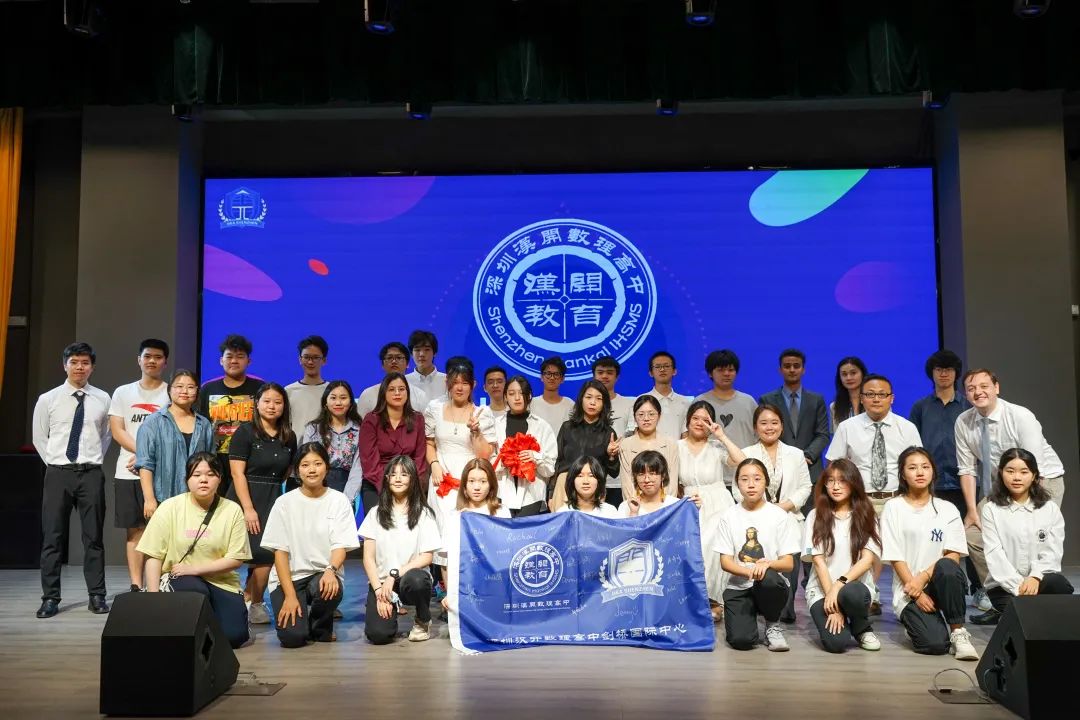
【Hi,开开!】确认过眼神,你是最棒的汉开人——2022-2023学年深圳汉开剑桥国际中心开学典礼

【Hi,开开!】好玩又炫酷!汉开剑桥国际中心新生户外拓展,来看!
*招生咨询
18938849245 谭老师
18938848184 谭老师

谭老师

谭老师
*学校地址
深圳市龙华区福城街道大富路5号

英国剑桥考试委员会
认证代码:CX142

美国大学理事会
认证代码:694751
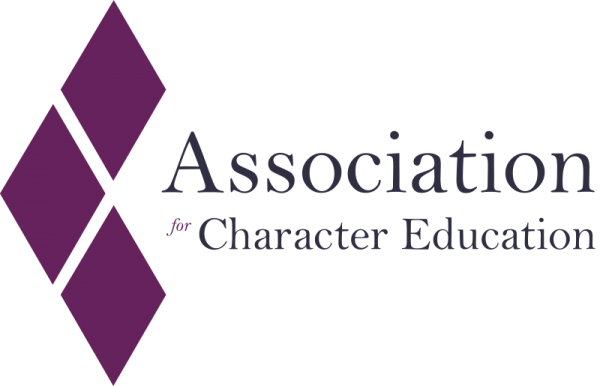
英国品格教育联合会
会员学校
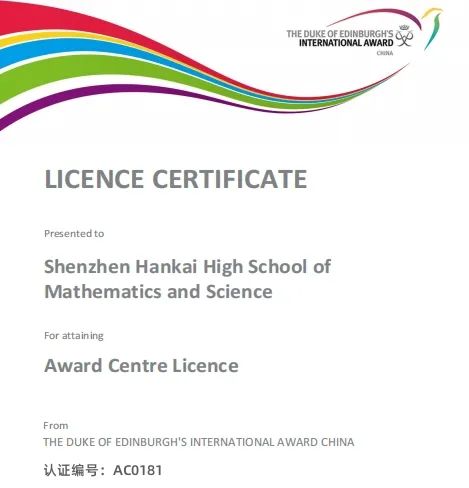
爱丁堡公爵国际奖
认证代码:AC0181

深圳汉开数理高中
剑桥国际中心
明辨不惑 力行有品
H
K
A
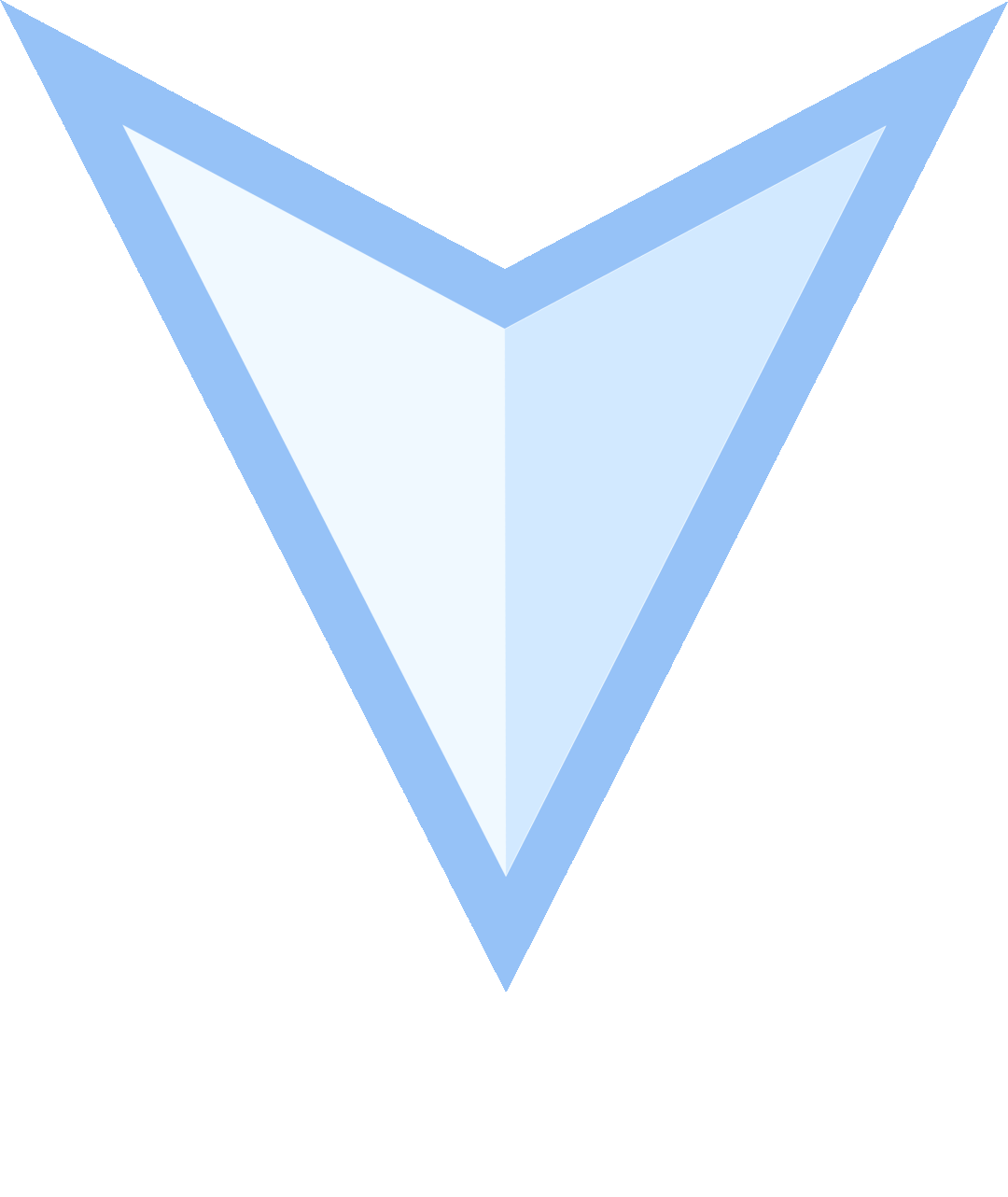
分享

收藏

点赞

在看




